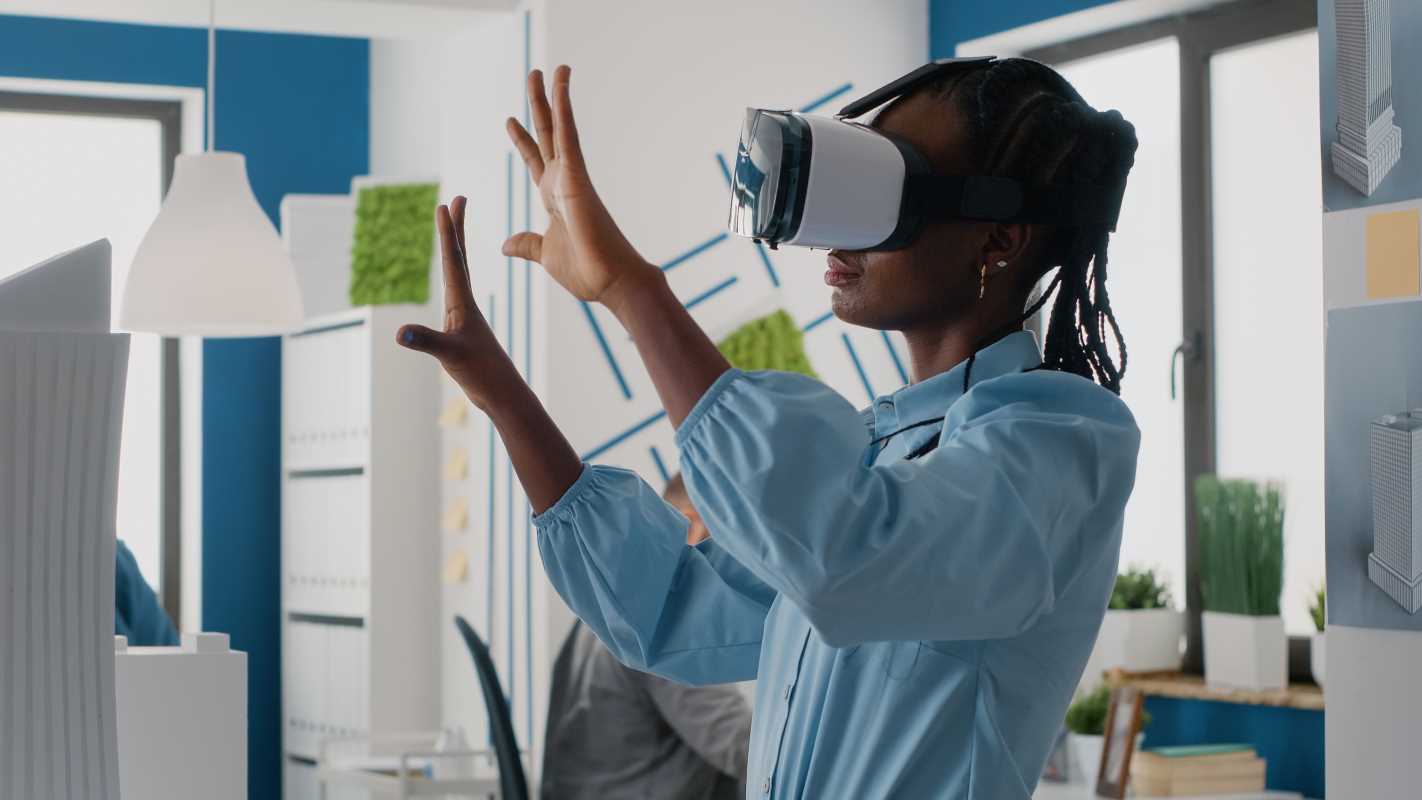Sunlight stretches across a desk covered with scattered notes, unfinished drafts, and the familiar hum of a brewing Keurig nearby. Multiple browser tabs flash with new messages and updates, each one calling for attention. Focus shifts rapidly from emails to social feeds, making it hard to keep track of what matters most. Amid the constant interruptions, one project stands out and insists on undivided attention: finishing that important proposal with care and precision. With a deep breath, a choice emerges—to set aside distractions and tackle each task individually, allowing for clear and productive work.
Choosing solitary focus changes how work feels. Instead of a frenzied sprint, each moment breathes with purposeful direction. That shift results in cleaner outcomes and a sense of accomplishment that pings long after the coffee’s gone cold.
Switching from Juggling to Deep Focus
When you move from multitasking to a state of deep focus, you replace quick hits of dopamine with genuine craftsmanship in each deliverable. Your mind settles into a single thread, weaving details into a coherent whole. Distractions no longer puncture your workflow; they hover at the perimeter, waiting their turn.
This decision changes more than output speed. It sharpens your attention span and deepens your satisfaction with each completed segment. Imagine shaping a design or drafting a proposal with unwavering concentration and experiencing a clarity that resonates through every sentence and pixel.
Creating Moments of Full Attention
Blocking an uninterrupted chunk of time turns a chaotic checklist into a curated sequence of steps. That deliberate container around a single activity creates a sanctuary of concentration. It invites your mind to focus on one micro-project—like polishing a deck slide or scripting a product demo—without the tug of competing tasks.
This approach quietly reprograms your daily rhythm. By respecting the contours of single-task phases, you build mental muscle that sustains high-level performance. Each focused session becomes a small victory, reinforcing the habit of deep engagement.
Interruptions You Can Expect
- Email pings demanding response trigger a reflex to switch tasks instantly, scattering attention across multiple subjects instead of honing in on the one priority.
- Chat notifications from messaging apps break concentration, leaving behind fragmented threads of thought that require extra time to reconstruct.
- Open browser tabs serve as invitation points for unrelated research; jumping down each rabbit hole dilutes the quality of the main task.
- Ambient noise—whether office chatter or household clatter—pulls auditory focus away from mental processes, slowing down decision-making.
- Internal impulses, like checking news updates or social feeds, interrupt the creative flow and force a mental reset to regain momentum.
Practical Steps to Focus on One Task
- Time-Block Scheduling
- Purpose: preserve mental space for in-depth work
- Steps:
- Identify the task that needs uninterrupted attention
- Reserve a one-hour block on your calendar
- Mark the slot as “focus only” in your scheduling app
- Success measure: completing the task within that period
- Insider tip: treat the slot like a client meeting—no overruns, no rescheduling
- Notification Muting
- Purpose: eliminate audio and visual interruptions
- Steps:
- Switch your phone or computer to “Do Not Disturb”
- Set exceptions for urgent contacts
- Activate the mode for the duration of your work session
- Success measure: fewer app switches per session
- Insider tip: schedule auto-activation before each focus period to avoid manual toggling
- Single-Tab Browsing
- Purpose: prevent temptation to open side tabs
- Steps:
- Open a fresh browsing window
- Load only pages related to your current task
- Close the window when done
- Cost/metric: most extensions are free; track the number of tabs opened
- Insider tip: avoid bookmarking during a session—save sources afterward to stay focused
- Clear Your Desk
- Purpose: reduce visual clutter that distracts attention
- Steps:
- Gather all physical and digital items unrelated to the task
- Store them in a drawer or folder
- Leave only what you need within arm’s reach
- Cost/metric: zero cost; measure success by fewer desk reorganizations during a session
- Insider tip: use a shallow tray for current materials to signal exactly what belongs on your desk
- Micro-Break Rituals
- Purpose: prevent burnout and sustain energy
- Steps:
- After 50 minutes of focus, stand and stretch for two minutes
- Sip water away from screens
- Take two deep breaths before returning to work
- Cost/metric: free; track energy levels after the break to confirm revitalization
- Insider tip: use a tactile timer that vibrates gently so you don’t see a blinking clock
Developing a single-tasking habit rewires your approach. By dividing work into small phases with clear boundaries, every result benefits from your full effort and attention.
Compare that with insights from single-tasking models that fit your workflow. Sharing ideas sparks new tweaks you can implement immediately.
Focusing on one task at a time increases precision and sparks creativity. Reduce mental clutter to improve each deliverable.
 (Image via
(Image via





